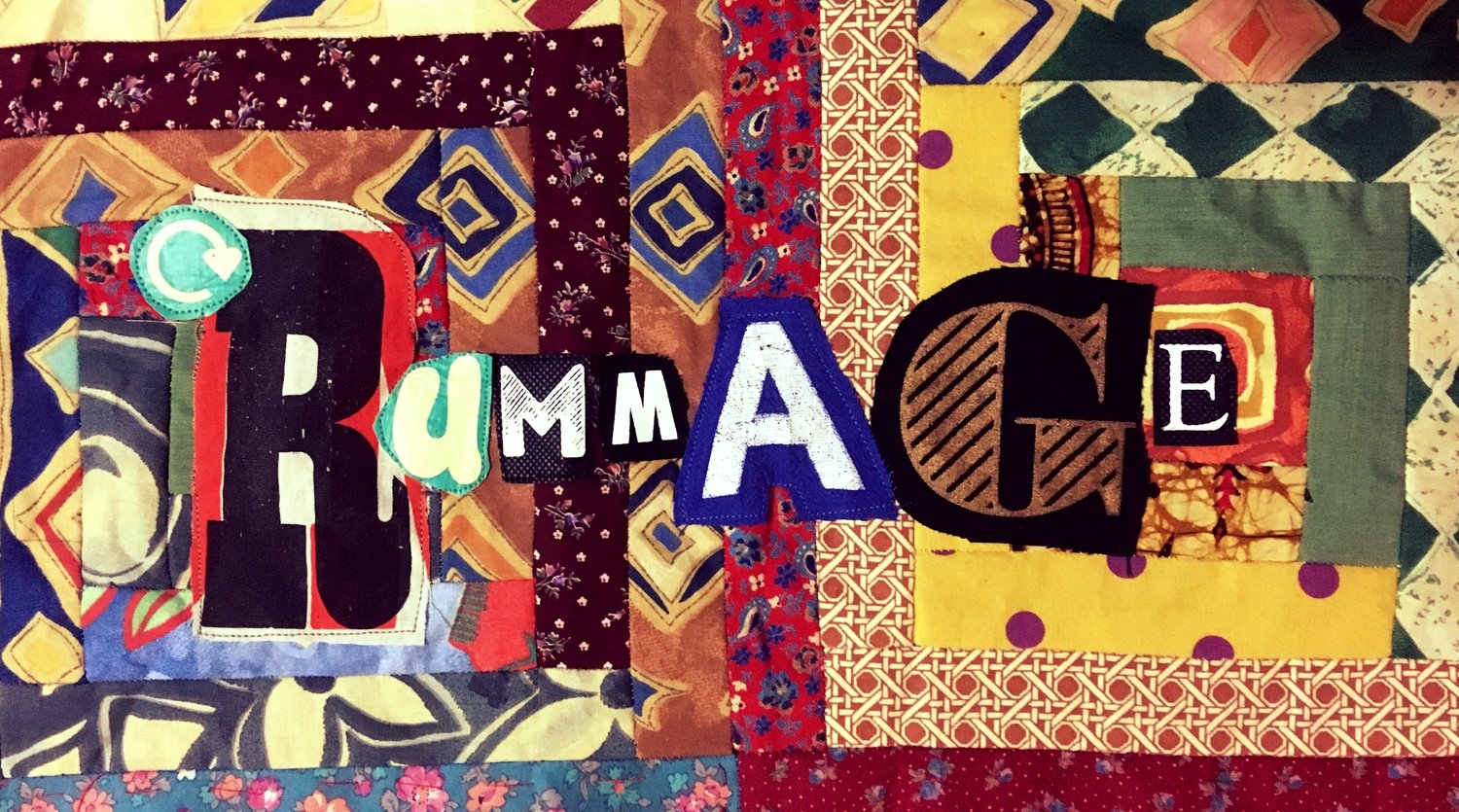Who am I?
I’m a cultural historian. I can date the moment I decided I wanted to be an historian with arguably characteristic accuracy to the 21 July 1985. That day was recorded contemporaneously by scrapbook Emily, as the day she ‘got kittens’ (image below), which was meant literally. It was also the final day of the only family holiday the Cockaynes ever hazarded together. And it was the day I queued for three hours to see the interior of Calke Abbey in Derbyshire. Described dismissively at the time as a ‘pile of aristocratic rubbish’, this building—captured at a moment of terrible disarray—struck wonder into my heart.
The ‘Schools History Project’, initiated in 1972, continued to whet my appetite in the classroom. It is sad that hardly anything like it exists now. It exposed me to a new and exciting history that called for clues to be pulled together and examined to discover the fate of ‘Mark Pullen’, a fictitious student, and also to use deduction to assess photographic evidence from actual excavations at Sutton Hoo. My classmates and I were introduced to the ‘Bog People’, the Tollund Man. Taught to examine genuine historical evidence, we started to appreciate History as something more than mere chronological lists of dates; more than a concoction of events centred on ‘great men’; and more than digestion and argumentation. It was about mystery and connection, a feeling of vertigo.
My Career and Work
After school, I went to read History at Girton College, Cambridge—before switching to Jesus College to write a doctoral thesis entitled ‘Aspects of the Cultural History of Sound in England’. I took up a Prize Fellowship at Magdalen College, Oxford, in 1999, before lecturing at the Open University. I’m currently Associate Professor in Early Modern History at the University of East Anglia (UEA). I’ve taught British and European history in universities for over two decades.
Penning Poison, a history of anonymous and malicious letters c.1780-1940, is forthcoming with Oxford University Press. My other publications include Rummage (Profile, 2020), Hubbub. Filth, Noise & Stench in England 1600-1770 (Yale University Press, 2007) and Cheek by Jowl. A History of Neighbours (Bodley Head, 2012). You can find my books in all good libraries, and buy them here.
When I have spare time, I like to make patchwork quilts; I finished my last quilt in 1998.
On The Way I Do History
“One of the key features of Hubbub is the variety of its sources. It is part of the historian’s craft to be constantly alert to the problems and opportunities of each kind of source: one potential criticism of Hubbub is that it seems to skirt this sort of work. But my own view is that if sources are deployed in sufficiently massive aggregate, a broadly accurate picture can be built up and a feeling communicated of what it was like to live back then. My work possesses method, and that method is immersion. I try and become what Keith Thomas called a sort of ‘local guide’: Hubbub might not give you a map, but it dips you in all the right puddles. One of the many advantages of this approach is its social inclusivity.
”Hubbub itself is fundamentally a work about great heaps of stuff, as more than one reviewer noted. Although I know it can be almost overwhelming and foregoes the attempt to supply narrative satisfaction, it would have been counterproductive to sanitize and tidy all that material. My vocation as a historian includes the duty to evoke that intense hubbub and stench just as it may include the duty to try and make sense of it. It has not always been easy to live and work at the edges of academic history. If nothing else, it has been satisfying to see that Hubbub has been like a storehouse to which people return in the hope of finding something useful. When I wrote it, I wanted to inhabit another world and to know more about the people who lived there. The mess didn’t bother me: it was important.”
—from the Afterword to the second edition of Hubbub

